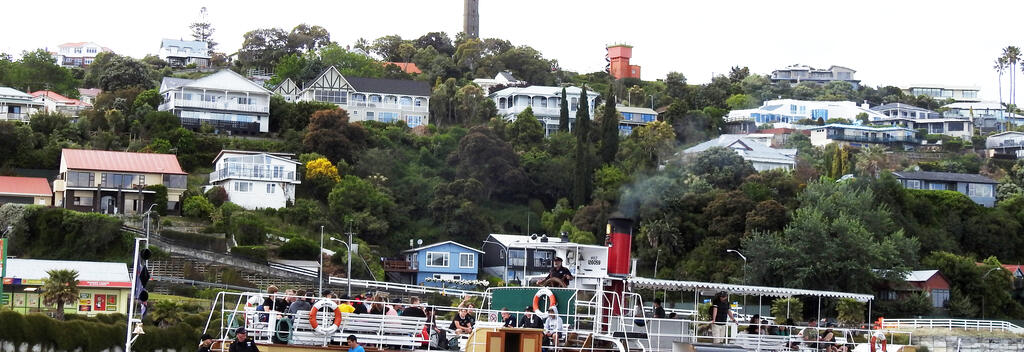-
Popular places to visit
Popular things to do
Helpful tips
Here's a few useful links to help with planning your trip to Aotearoa New Zealand.
-


The Whanganui district has a rich cultural heritage, a diverse natural environment and a vibrant arts scene.


Take a guided canoe journey of Whanganui River.
The Whanganui River, Te Awa o Whanganui, is the longest navigable river in New Zealand and an integral part of the district’s history, shaping the experiences of both early Māori and European settlers.


The Paddle steamer Waimarie making her way up river
Whanganui has a deep and rich history: the mouth of the Whanganui River was a significant settlement site of pre-European Māori and the town was officially established by settlers in 1840.

Whanganui boasts the country's only Glass School.
Whanganui is home to hundreds of professional artists and this impact of creative talent can be seen around town.


Kai Iwi Beach
While the Whanganui River is a highlight for many visitors, the region has a diverse and beautiful natural environment and there are plenty of other reasons to get outside.
Looking for deals